For Coca-Cola to be able to manufacture recycled PET, company officials installed a decontamination unit for PET flakes in the company's Ploiești factory, the second largest production unit in the whole of Coca-Cola HBC's portfolio, which allows it to make rPET bottles.
The investment, which was 55 million RON (about 11 million euros), will support the transition of the whole PET packaging portfolio of the Coca-Cola System in 100% recycled PET.
Mark Docherty, General Manager, Coca-Cola Romania, said that "we're all part of this project, together with our partners, but also the consumers in Romania, to which we'll soon offer all of our products in recycled packaging. Together, we can contribute to change and our message is a simple one: every PET bottle collected separately can get a new life."
How the PET recycling and production unit works
Before we go into details, we must mention the fact that Coca-Cola's Ploiești factory is a large production unit, where bottles and cans from the company's entire portfolio are being bottled and deposited. Starting now, the recycling process is a the most recently-added one, which will serve to complete the rest.

In the facility, there are two production lines for glass bottled drinks, three for PET bottles ones, two aseptic processing lines, which are responsible for the manufacturing of the actual beverages and one line for repackaging.
For the production of carbonated drinks, an optimal temperature of 20-24 degrees Celsius must be respected, as we've been told by the experts.
The production capacity for each of the two aseptic lines is 36.000 0.5 liters bottles per hour and 18.000 1.5 liters bottles per hour respectively.
Following the production and packaging comes transport, which implies taking the bottles and placing them in a large-scale warehouse, measuring 8.200 square meters, which is being operated by 11 cranes. Its storing capacity is about 4-6 times larger than a conventional warehouse.
Being such a large space, it's entirely automated and the only human contact with it basically happens when the technicians check the machinery.
The annual production capacity at the Ploiești facility is 1.2 million unit cases, each of those being 5.678 liters. Coca-Cola experts told us that this was the amount of Coca-Cola beverage found within the 24 bottles making up a case unit back when the company started its activity.
Manufacturing recycled PETs with a lower carbon footprint
Moving to the recycling process, it's quite interesting. Before they're actually turned into flakes, the PETs are being sorted at a specialized facility. Once at the Coca-Cola factory, the flakes are being processed and decontaminated to ensure their best quality and then they are melted at 300 degrees Celsius, after which they are turned into the actual flakes. Finally, using the flakes, Coca-Cola will manufacture new PET bottles, which will be used for storing the beverages.

rPET bottles can be collected and recycled again, once consumers don't need them anymore.
Since 2019, Coca-Cola HBC Romania started using rPET bottles for its brand of water, Dorna, but starting now, all the other beverage brands in the company's portfolio, including Sprite and Schweppes, will turn to using the same type of sustainable bottles.
Switching to a complete production of rPET will mean more for Coca-Cola sustainability-wise. The company will ensure an 80% lower carbon footprint for these bottles, compared to traditional PETs and the unit itself will be powered 100% from renewable sources, meaning no additional carbon emissions are being generated during the processing and manufacturing of new plastic bottles.
 Mihai - Cristian Ioniță
Mihai - Cristian Ioniță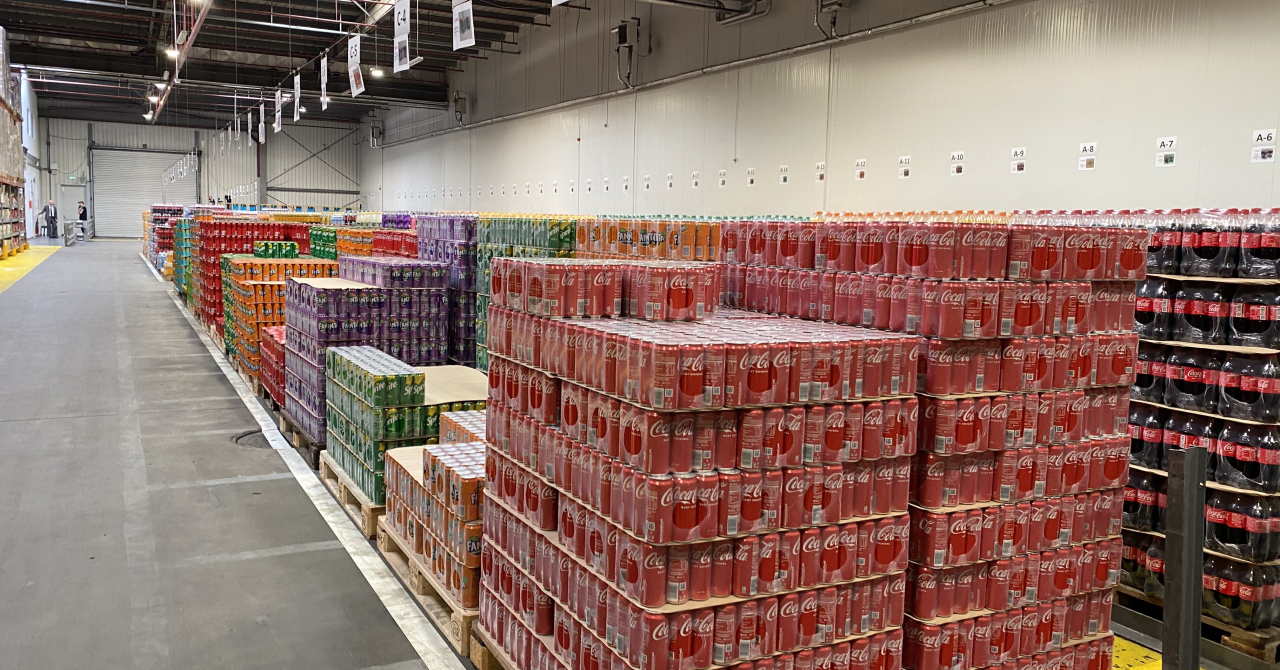



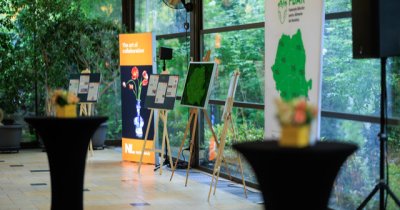
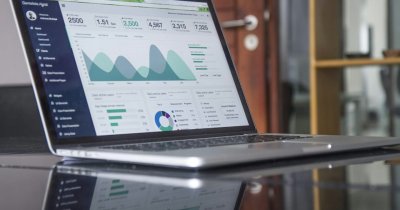
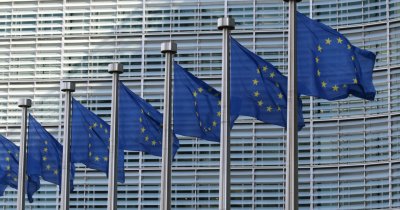

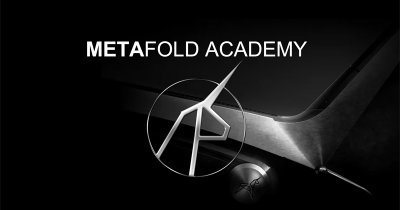




Any thoughts?